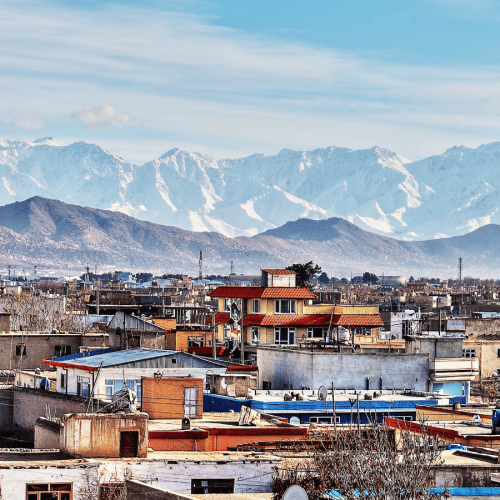
The full program for the NCHS Humanitarian Futures conference to be held on 7 and 8 June in Oslo is out now, with an excellent line-up of speakers and diverse panel discussions.
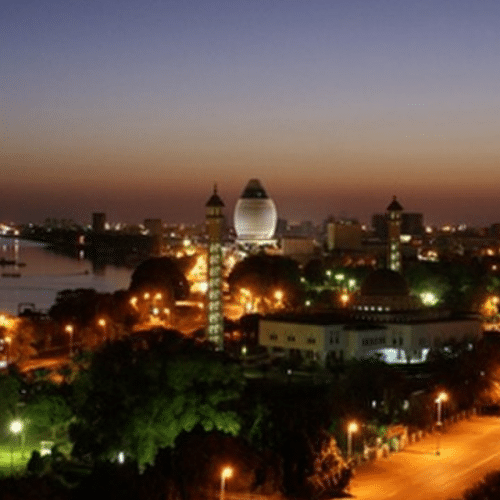
Join this important seminar hosted by Bergen Global on recent developments and the humanitarian situation in Sudan.

In this episode of Talking Humanitarianism, humanitarian consultant and former Director at MSF-UK, Marc DuBois shares his reflections on the culture, architecture and politics of humanitarian action.

Join us for the launch of ‘Continental Encampment: Genealogies of Humanitarian Containment in the Middle East and Europe’ a new book edited by Are John Knudsen and Kjersti G. Berg.
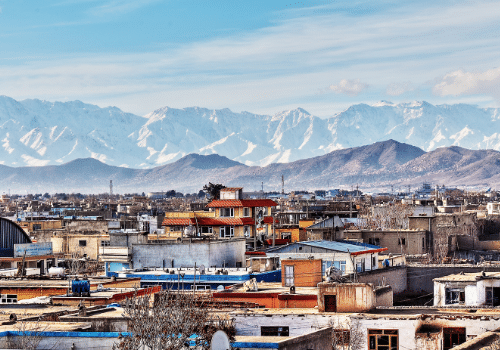
We are very pleased to announce Amali Tower (Climate Refugees), Mukesh Kapila (University of Manchester) and Dorothea Hilhorst (Erasmus University) will join us as keynote speakers at the upcoming NCHS Humanitarian Futures conference.
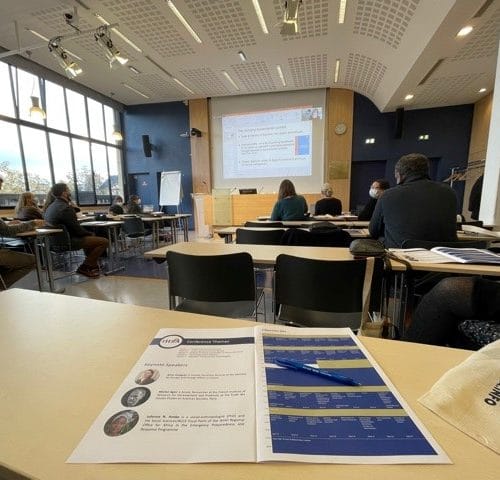
The call for panels for the IHSA World Conference on Humanitarianism in Changing Climates is now open and closes on 25 June.
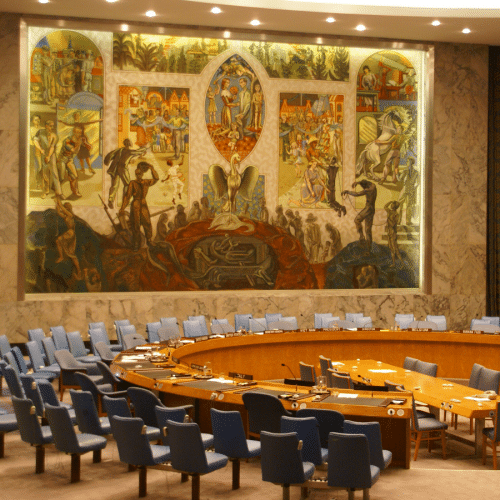
NUPI is hosting a seminar on Thursday 13 April to examine Norway’s term as a UN Security Council member and it’s priority in relation to climate and security.
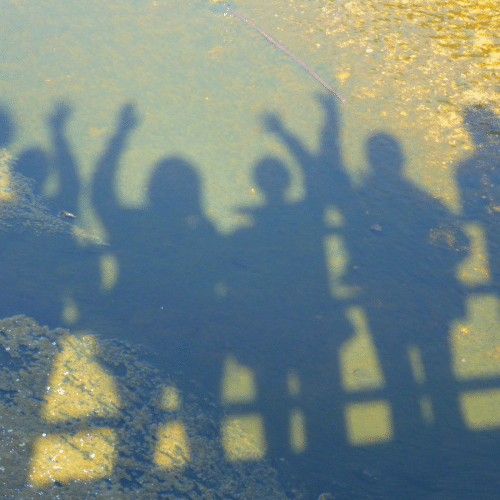
The Journal of International Humanitarian Action is calling for submissions to the ‘Agenda for Humanity Revisited’ collection to take stock of the progress on the agenda to date.
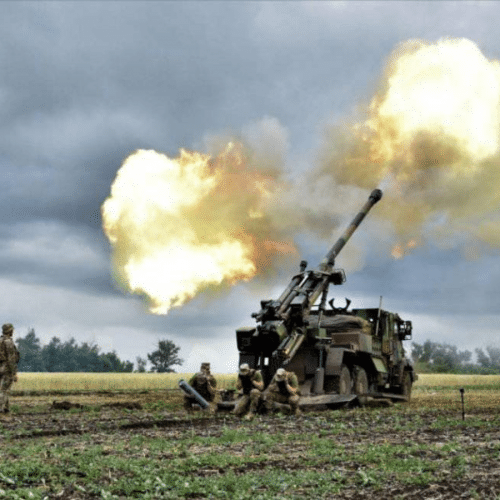
Join this PRIO breakfast seminar to take stock of global food insecurity and discuss how it relates to climate change, armed conflict, and the war in Ukraine.
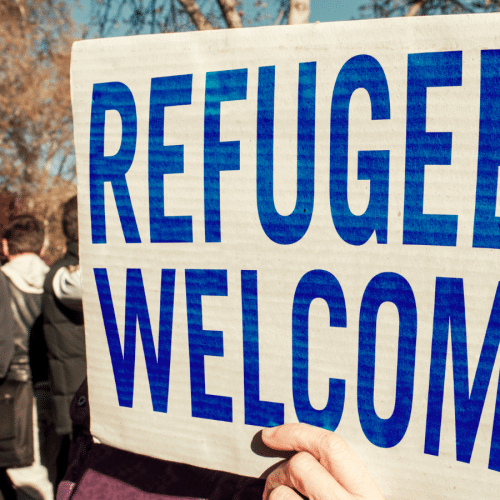
This article for the Journal of Ethnic and Migration Studies explores the building of kinship between Norwegian citizens and asylum seekers from the Middle East.
A staggering 72 million children—17% of the 426 million children living in conflict areas globally, or 1 in 6—are living near armed groups that have been reported to perpetrate sexual violence against children. That means 3% of all children in the world are living at risk for sexual violence in a conflict zone.
This is one of the figures of wartime risk reported in Save the Children’s 2021 report ‘Weapon of War: Sexual Violence Against Children in Conflict’. The figure is based on a new study conducted at the Peace Research Institute Oslo (PRIO).
concerning upward trend
This background study not only reveals an alarming reality, it identifies a concerning upward trend. This is a global problem that requires urgent attention. There are too few studies focusing on this problem or systematically documenting how children are victimized by sexual violence – directly or indirectly, how prevalent this is, and what the consequences are.
Globally, we estimate that in 2019 about 426 million children lived in a conflict zone, 50 kilometers or closer to violent conflict events. In some of these conflicts, the armed actors commit acts of sexual violence. A large majority of the conflicts with reports of sexual violence in recent years also have reports of children among the victims/survivors of sexual violence by armed actors.
The Sexual Violence in Armed Conflict (SVAC) dataset provides systematic data on the reported prevalence of sexual violence, and which conflict actors have been reported to commit sexual violence against children. The updated SVAC data covers all armed conflicts in the years 1989-2019.
Due to data limitations we do not know exactly how many children have been victimised of sexual violence, only where it has been reported and how pervasive the problem seems to be. Based on this, and using specific information on the location and timing of conflict events and population density we estimate how many children live in areas where conflict actors commit sexual violence against children.
The figure of 72 million children reflects the specific risk associated with sexual violence by actors directly involved in armed conflict, and does not account for risk of sexual violence committed by other types of perpetrators, such as sexual violence by criminal gangs, peacekeepers, law enforcement, or domestic sexual violence.
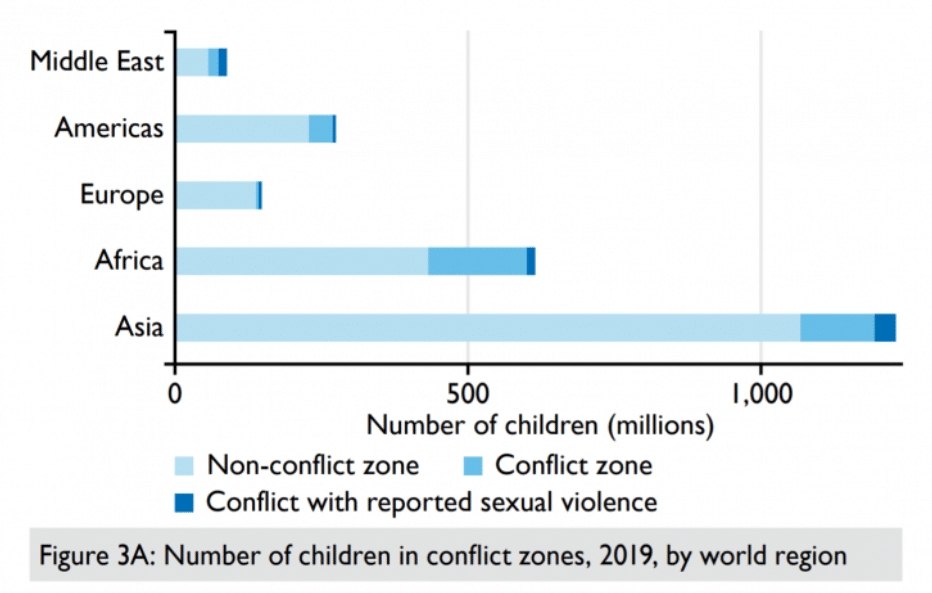
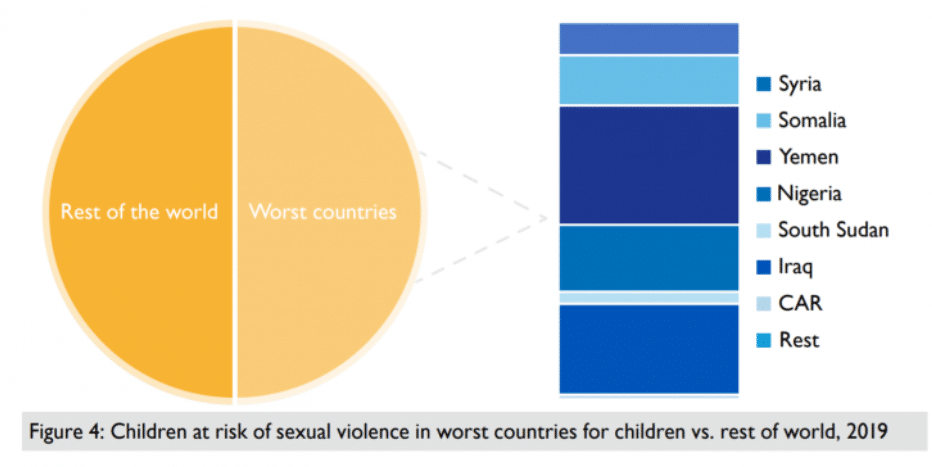
Sexual violence against children is a global problem that requires urgent attention. Policy makers, human rights defenders, and other actors need to devote more resources and dedicated attention to this vulnerable group of war victims to reduce the harm of war to children.
Specifically, we offer three recommendations:
As the child population at risk of wartime sexual violence seems to be increasing, the imperative to take action is more urgent than ever. As a member of the UN Security Council, and chairing the working group on Children in Armed Conflict, Norway now has a golden opportunity to contribute to this end. The Norwegian Minister of Foreign Affairs, Ine Eriksen Søreide, has promised to bring up the results from the report at the UN Security Council demanding that perpetrators of sexual violence in conflict be held accountable.